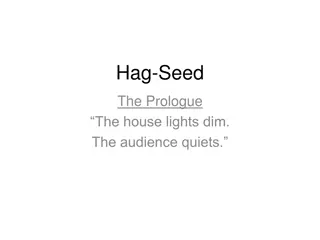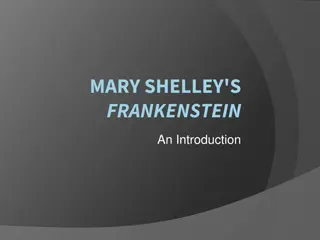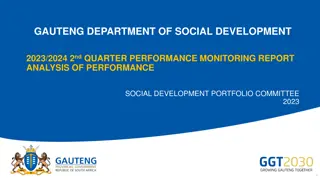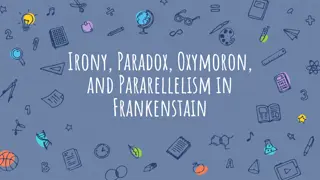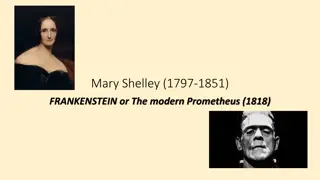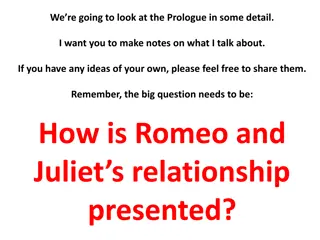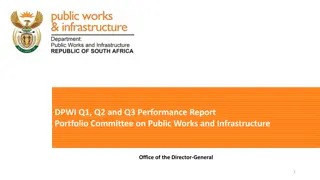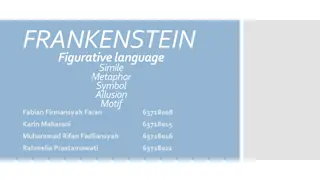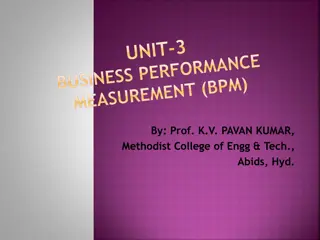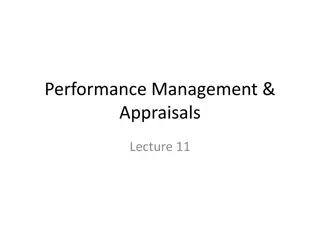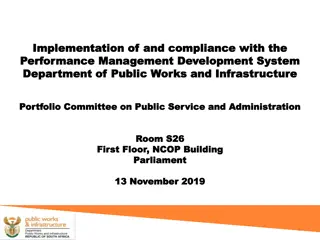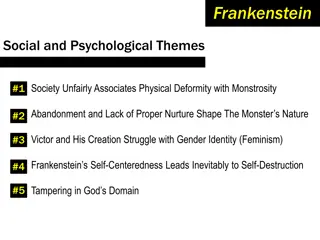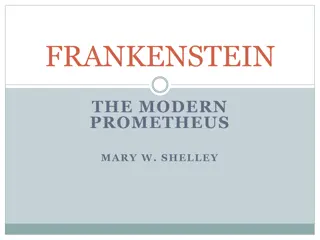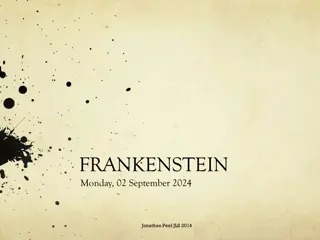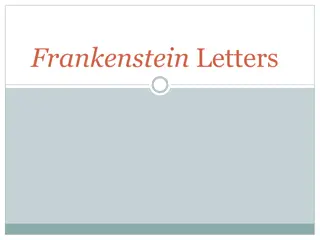
Exploring Emphatic Stress and Freeze Frames in Performance Art
Delve into the world of performance art with a focus on emphatic stress and freeze frames. Learn how these techniques enhance monologues, create tension, and convey narrative elements. Discover the power of emphasizing specific words and capturing poignant moments through freeze frames to captivate audiences and elevate performances.
Download Presentation

Please find below an Image/Link to download the presentation.
The content on the website is provided AS IS for your information and personal use only. It may not be sold, licensed, or shared on other websites without obtaining consent from the author. If you encounter any issues during the download, it is possible that the publisher has removed the file from their server.
You are allowed to download the files provided on this website for personal or commercial use, subject to the condition that they are used lawfully. All files are the property of their respective owners.
The content on the website is provided AS IS for your information and personal use only. It may not be sold, licensed, or shared on other websites without obtaining consent from the author.
E N D
Presentation Transcript
Year 8: Unit 2: Modern Play: Frankenstein: Lesson 3 Year 8: Unit 2: Modern Play: Frankenstein: Lesson 3
Date: November 2023 Title: What is emphatic stress? What is a freeze frame? How can both be used to support the performance of a monologue? Recap questions: Do it now What is a prologue? What did we learn from the prologue to Frankenstein? What do you think is the purpose of the prologue? A monologue is a long talk given by one character either to other characters or the audience. Why do you think Pullman decided to use a monologue at the start of the play? Base Reach Challenge Miss Odell is currently reading
What is emphatic stress? Last lesson we read the prologue to the play adaptation of the classic novel Frankenstein. In today s lesson we are going to consider the performance of the prologue. The first thing we are going to consider is how we use emphatic stress to bring a monologue to life. Emphatic stress is the placing of emphasis on a particular word of a sentence. For example, if we take the sentence I am not happy , the focus and the attention of the sentence can be shifted depending on where we place emphatic stress. New knowledge I am not happy. I am not happy. I am not happy. I am not happy. Emphatic stress is particularly helpful when we are looking to convey a particular mood.
Using emphatic stress to create tension Now, in pairs, look at the monologue spoken by Captain Walton. A tense atmosphere is created through the monologue. With this in mind which words would you want to place an emphatic stress on? Aim for around 5 words you would want to really emphasise across the piece. Highlight these words on your paper and in the margin explain why you would want to emphatically stress those words. Pen to paper
What is a freeze frame? The second technique we could consider to make the monologue more vivid for the audience is the use of freeze frame. A freeze frame is a still image of a particular moment. New knowledge When creating a freeze frame we need to consider our facial expressions, our body language, our hand gestures, our positioning in relation to others and our levels across the piece.
How can we use a freeze frame to convey parts of a narrative? Now let s think about the prologue we have read which has been divided into four sections. For each section consider how you might perform a freeze frame to accompany what is being said by Captain Walton. You need to consider facial expressions, body language, hand gestures, positioning and levels. Freeze frame 1 Some time ago, I had the command of a ship on an expedition to the Arctic Circle. We sailed further north than anyone had ever gone before, and then there came a day when we could go no further, because the ice had closed us in. Weeks went by; months passed, and still we couldn t move. Strange things happen to your mind in those regions of eternal snow. Freeze frame 2 The sailors began to report seeing things, impossible things, and hearing voices in the empty air one voice like someone crying in pain or anguish, another voice that was deep and harsh and monstrous, howling of revenge; I began to worry that they d go mad with fear, crazy with isolation; I began to suspect that there were ghosts in the air, evil spirits behind the bright light glaring on the snow Pen to paper Freeze frame 3 And then I saw it myself, moving across the ice, pulled by a team of dogs, and driving it was a creature like man, but huge and hideous beyond belief. And pursuing it always in pursuit but never catching up I, and then the man feel down and lay still on the snow. Freeze frame 4 I sent out a party to bring him in. He told us that his name was Frankenstein. We laid him in my cabin and looked after him, and presently he d recovered enough to tell us his story. And a strange one it was
The prologue as a performance piece We have considered how we can use two dramatic techniques: emphatic stress and freeze frame to enhance the performance of the monologue. Now, in groups of no more than five, you are going to produce a performance of the prologue. Pen to paper One person, will need to perform the monologue, using emphatic stress, whilst the other members of the group will need to create the accompanying freeze frames.
Reflection Having watched all of the performances, which performance did you think was the most effective and why?



